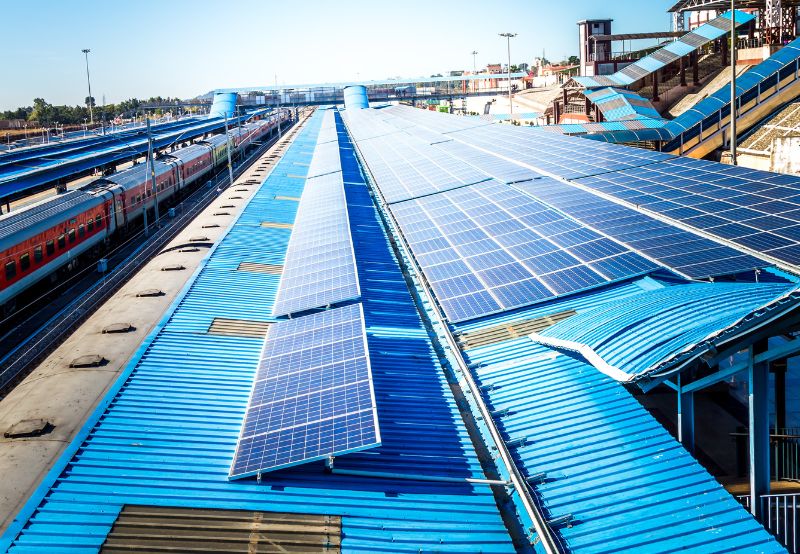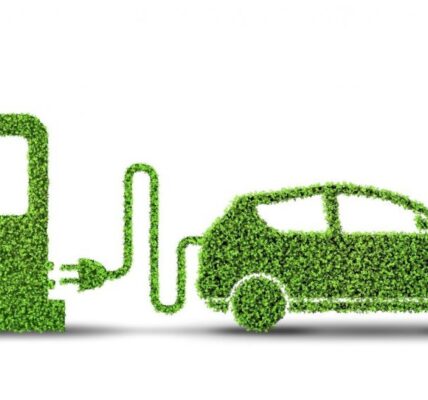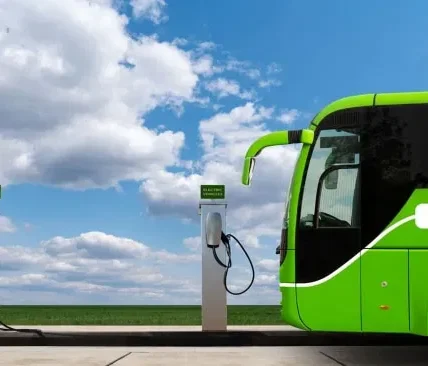Indian Railways has floated a tender to empanel agencies for developing 1 MW rooftop solar installations across various locations in Bihar’s Samastipur Division. Undertaken by East Central Railways, the initiative calls for bidders to finance, design, construct, and operate the projects over a 25-year period without central subsidies, while meeting strict technical and financial eligibility benchmarks aligned with the railways’ long-term sustainability goals.
The empanelment process, launched through a formal Request for Qualification (RFQ), is aimed at advancing Indian Railways’ ambition to become a net-zero carbon emitter by 2030. The tender invites private developers to participate under a build-own-operate-transfer (BOOT) model, where the chosen firms will handle the capital and operational responsibilities throughout the lifespan of the project, while supplying power to the railways under fixed-rate power purchase agreements. Bidders must submit their documents by July 21, 2025, and the bids will be opened on the same date. The estimated capital investment required for the 1 MW capacity is pegged at ₹80 million (approximately USD 935,000), signalling the scale of commitment being sought from developers. However, what distinguishes this tender is the absence of financial support from the Ministry of New and Renewable Energy (MNRE) or the Railways Ministry—marking a deliberate move towards market-driven sustainability projects.
To participate, applicants must deposit an earnest money of ₹1.06 million and a non-refundable bid document fee of ₹34,810. Additionally, successful bidders will need to furnish performance security of ₹1.62 million per megawatt—underscoring the need for strong financial health and implementation capacity among prospective players. According to transport energy officials, this is part of a larger vision to decentralise renewable energy procurement and unlock underutilised rooftop real estate across India’s vast railway infrastructure. Samastipur, a key rail node in northern Bihar, has been identified as a high-potential location for solar power owing to its favourable solar irradiance and networked cluster of operational buildings and platforms suitable for rooftop installation.
The scope of work goes beyond conventional EPC contracts. It includes full lifecycle responsibility—from detailed project reports to plant commissioning and maintenance—for 25 years. This long-term outlook is expected to attract experienced renewable energy developers who are already aligned with the Green Open Access policy and have a track record of delivering rooftop or distributed solar systems under constrained public infrastructure conditions. As per the eligibility criteria, bidders must have developed at least 200 kW of rooftop solar systems or a total of 1,000 kW in any sector—residential, commercial, industrial, or government—before the bid submission deadline. Only modules listed under the latest Approved List of Models and Manufacturers (ALMM) are allowed to ensure quality assurance and supply-chain accountability.
The financial bar is also significantly raised. Applicants must demonstrate a minimum average turnover of ₹15 million over the past three financial years, and a positive net worth during the same period—criteria that aim to filter for serious and capable players in the Indian solar industry. This Samastipur tender forms part of a series of initiatives rolled out by Indian Railways in recent months. Earlier this year, the Moradabad Division under Northern Railways issued tenders for setting up 2.79 MW of rooftop solar capacity at residential colonies, service buildings, and level crossing gates. In January, the Railway Energy Management Company (REMCL) sought bids for round-the-clock renewable power supply aggregating 500 MW—marking the Railways’ deepening commitment to grid-connected and storage-integrated solar procurement.
According to sustainability analysts, the Samastipur model represents a vital convergence of energy security, climate action, and public asset utilisation. With electricity prices and transmission losses rising across India, embedding clean energy within railway stations and depots reduces reliance on external power sources while building energy resilience at the regional level. Experts say that while such initiatives may not offer immediate fiscal returns due to the absence of subsidies, they are essential to India’s broader decarbonisation pathway. “These projects create long-term value in terms of operational savings, emissions reduction, and environmental stewardship. Moreover, involving the private sector in such tenders fosters innovation, cost optimisation, and scalable climate solutions,” noted a Delhi-based energy policy consultant.
The Samastipur tender is also a test case for scaling such projects across smaller divisions that are typically overlooked in centralised planning. By empowering divisions to lead decentralised procurements, Indian Railways is paving the way for more responsive, region-specific energy transition models that are aligned with India’s target of achieving 280 GW of solar capacity by 2030. Officials confirmed that depending on the response and performance metrics, the empanelled agencies may be considered for additional capacities or extended scopes across other zones in the East Central Railway network. They also reiterated that all energy produced under the scheme will be consumed by railway facilities, with metering and billing handled through a centralised utility framework.
For Bihar, a state with traditionally low renewable energy penetration, this project could set a crucial precedent in mainstreaming solar infrastructure through public sector assets. Local employment, improved energy literacy, and reduced grid burden during peak hours are among the collateral benefits expected once the system is commissioned. As climate pressures intensify and energy demand rises, such decentralised clean power initiatives across public transport networks are no longer optional but necessary. The success of Samastipur’s solar rooftop drive will depend not just on bid participation, but on how well the execution aligns with national sustainability goals and regional development priorities.







